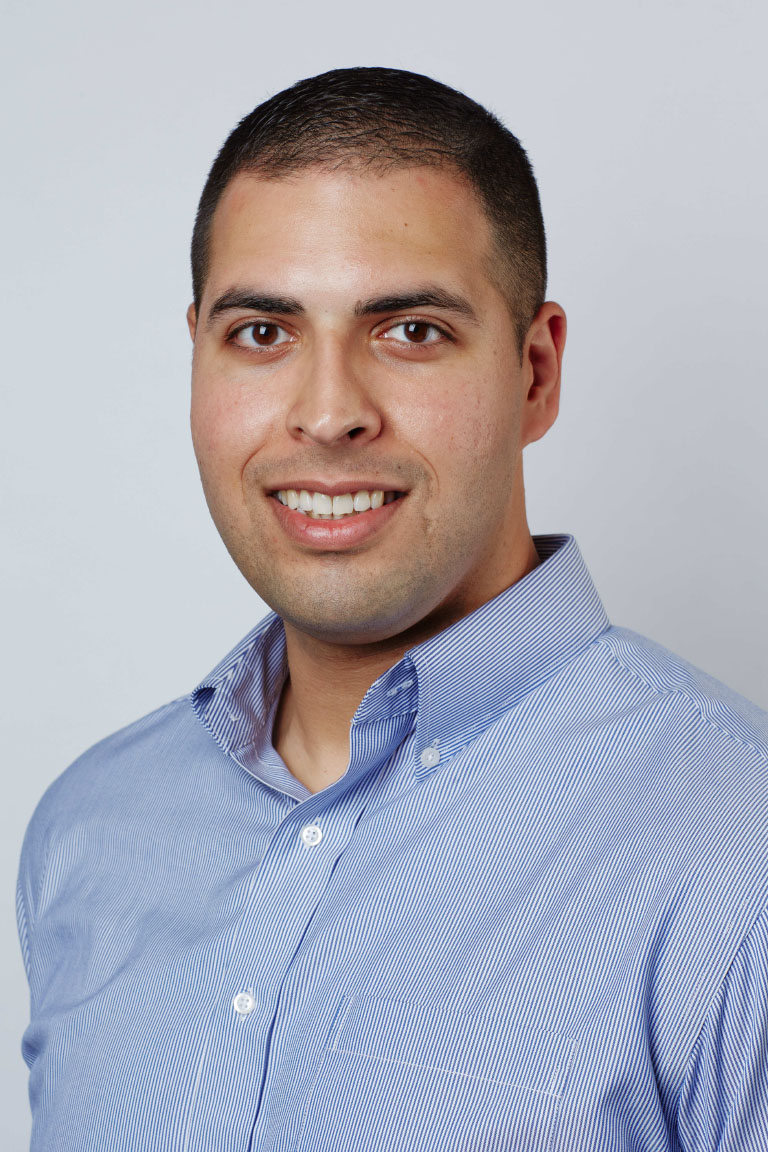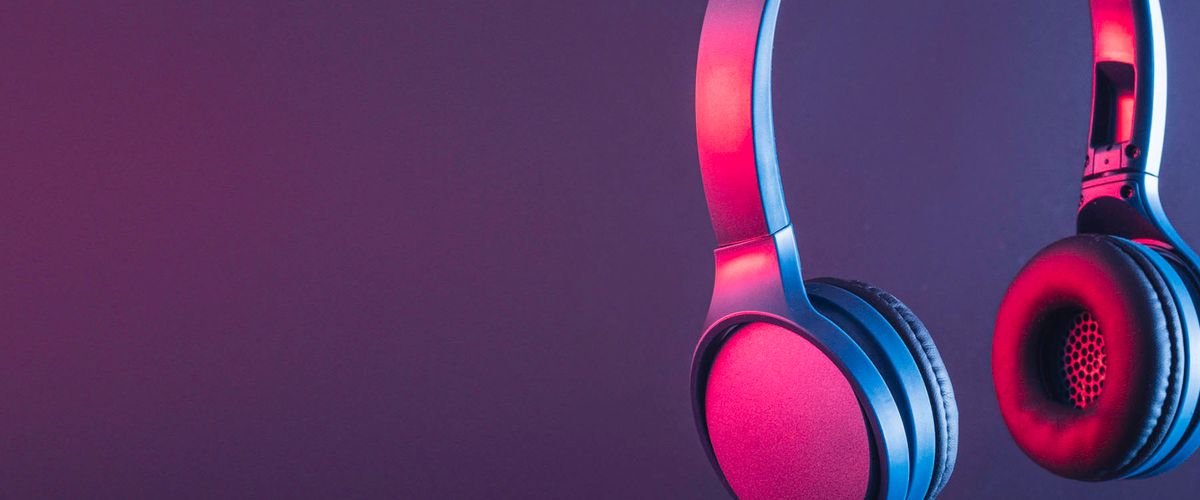Chrissy Bellows secures a set of headphones over her ears and clips a hard plastic sensor to her left sneaker, then her right. She presses a button on her smartphone and stands up from the wheelchair that’s been her main way of getting around since a hemorrhagic stroke restricted her ability to walk in 2016. Music begins to play, slowly at first, through the headphones—in this case, it’s oldies—and Bellows starts walking inside her Newcastle, Maine, home.
Holding on to her husband’s arm for support, Bellows strolls along in lockstep with the rhythm of the song. (We do this automatically and subconsciously, it turns out.) If Bellows has trouble matching her steps to the beat, the sensors attached to her shoes send real-time gait data to her mobile device, and in turn, the music is mixed to aid her walking. And if she seems to have no trouble at all walking to the beat? The algorithm increases the tempo of the music to create a new therapeutic challenge.
Bellows is among the nearly 800,000 Americans who have a stroke each year. More than half of stroke survivors over 65, like Bellows, have mobility limitations—including trouble walking. Early studies suggest that those who use music in relearning to walk after a neurological diagnosis such as a stroke or Parkinson’s disease move faster and with better gait than those who trained without music—all while expending less energy.
BU’s Neuromotor Recovery Laboratory is home to some of the most promising research into music-based gait training. The lab’s founder and director, Lou Awad, an assistant professor of physical therapy, has partnered with MedRhythms Inc.—the Portland, Maine, start-up that developed the technology Bellows has been using—to research how neurological diseases and injuries affect the ability of patients to walk to the rhythm of music. As the company’s scientific advisor, he is also assisting MedRhythms with its clinical trials and in preparing the device for the commercial market. Awad says many stroke survivors may soon receive “prescription music” from their healthcare provider to work on their gait when they’re on their own.
Awad’s Neuromotor Recovery Laboratory received its fourth grant in three years from MedRhythms Inc. in September 2021—$1 million to continue studying results and additional applications of the company’s “rhythm-based gait training” technology. (Bellows tested the technology in her role on MedRhythms’ patient advisory board and not as part of a clinical trial or for therapeutic outcomes.)
“Music, and the rhythm of music, is one of the most powerful stimuli on Earth,” Awad says. “The same way a capsule or an injection is the delivery method for some medications, the music is the delivery method for rhythm-based gait training.” He adds that a partnership with Universal Music Group provides MedRhythms with access to the most diverse and culturally rich collection of music ever assembled for the purpose of providing prescription music to patients. When a patient selects a song, a proprietary algorithm screens it to be sure it meets minimum criteria to be used in rehabilitation and then mixes the music into an individualized track for each user.
“So, if you really like Eminem’s ‘Till I Collapse,’ we can use that song to help someone relearn how to walk.”

A Booming Field of Study
Advancements in understanding the ways music benefits human brains and bodies have exploded in recent decades, Awad says, fueled by an increase in funding for studies on the topic. We now know, for instance, that the auditory and motor regions of the brain are more connected than once thought. Listening to rhythm causes us to move our muscles, at times without even knowing. (Think of the way you involuntarily tap your foot to the song playing in the lobby at the dentist’s office.) As the auditory-motor connection has become clearer, therapists have started using music and beats to help people regain certain movements after a neurological or physical trauma—a therapeutic intervention called rhythmic auditory stimulation.
“In rhythmic auditory stimulation, you find a beat in the music that’s aligned with the speed a person walks,” Awad says. “Once they entrain or synchronize to the rhythm—which is completely subconscious because of the auditory-motor connection—you can progress the rhythm. Because the technology uses real-time gait analysis by wearable sensors, the training is adaptive and very individualized.”
In 2015, neurologic music therapists at Spaulding Rehabilitation Hospital in Boston began treating patients with rhythmic auditory stimulation. Stories of patient progress relearning to walk piled up, and demand for MedRhythms’ therapy quickly outpaced the hospital’s supply of trained clinicians. The start-up made plans to scale up by developing a digital therapeutic that could deliver the music therapy without the presence of a clinician. That’s when Awad, then an associate faculty member at Harvard’s Wyss Institute, got involved with MedRhythms, first joining the company’s board of advisors and later its scientific advisory board.
Awad came to BU in 2016 to start the Neuromotor Recovery Laboratory, which works to “develop, study, and translate novel rehabilitation therapies and technologies for people living with impaired neuromotor control.” Awad and Terry Ellis (MED’05), chair of the physical therapy department, codeveloped a soft, wearable exosuit that uses robotics to assist those relearning to walk. On the MedRhythms project, Awad served as the lead principal investigator for two clinical trials in stroke rehabilitation in 2020 and says his role with the company “is really to help shape and inform the application of that fundamental technology.”
The Next Steps
Results from initial clinical trials—overseen by Awad and his team—have shown that stroke survivors who use MedRhythms’ digital app for gait training are able to walk faster and with a better gait, and also use less energy, after just a single session of training. The team is currently leading a large, multisite trial to support Food and Drug Administration authorization to distribute the technology commercially, which could happen as early as 2023.
The genius of music-based gait training, Awad says, is it can be used for stroke rehabilitation anytime, anywhere.
“In our world, in rehab, people often say you can’t come to the clinic three times a week for one hour each time and expect to transform how you move, because the other 23 hours of the day you’re not getting treatment,” Awad says. “Technologies like this allow us to have an impact on real-world moving, where every step can be therapeutic. Walking to the mailbox can be therapeutic.”
